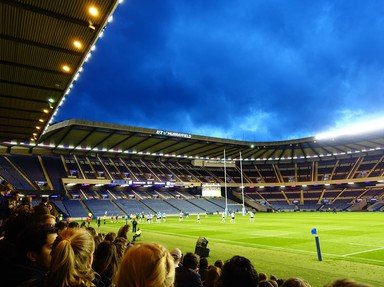
One City, Two Stadiums: 2025 Edition Quiz
UK Football
The UK has a number of cities that have two professional football clubs. Look at this list of grounds in England and Scotland and see if you can match up the two stadiums that share a city.
A matching quiz
by Red_John.
Estimated time: 3 mins.
- Home
- »
- Quizzes
- »
- Sports Trivia
- »
- UK
- »
- UK Football Stadiums